Time Period: Early Twentieth Century (1901 - 1940) - Starting with G
aka: Findley Norris Goff
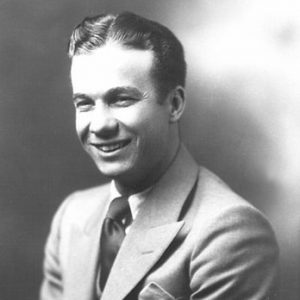 Norris Goff
Norris Goff
 Gold Diggers of 1933
Gold Diggers of 1933
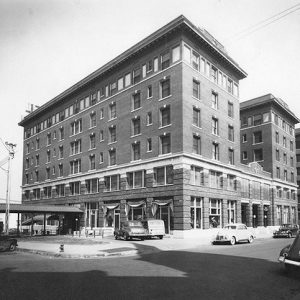 Goldman Hotel
Goldman Hotel
 Goodman Family
Goodman Family
 Harvey Goodwin
Harvey Goodwin
Goodwin, William Shields
 William Goodwin
William Goodwin
 Gopher Gang
Gopher Gang
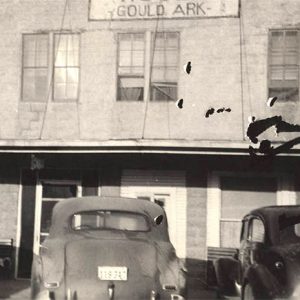 Gould Hotel
Gould Hotel
 Edwin Gould
Edwin Gould
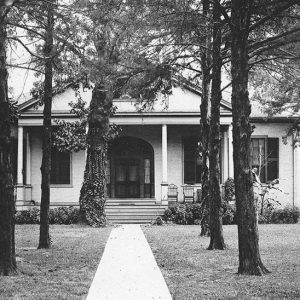 Governor's Residence
Governor's Residence
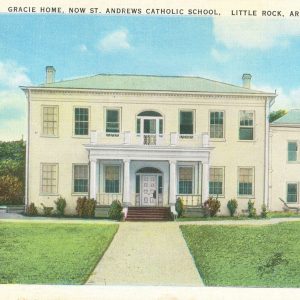 Gracie Home
Gracie Home
 Grading Work
Grading Work
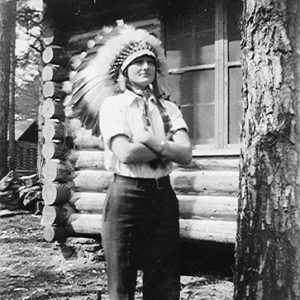 May Grady
May Grady
 Granata Winery
Granata Winery
Grand Army of the Republic Monument (Gentry)
Grand Army of the Republic Monument (Siloam Springs)
 Grand Canyon View
Grand Canyon View
 Grand Opera House
Grand Opera House
 Grandview Hotel
Grandview Hotel
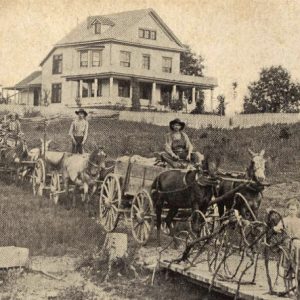 Grannis Fruit
Grannis Fruit
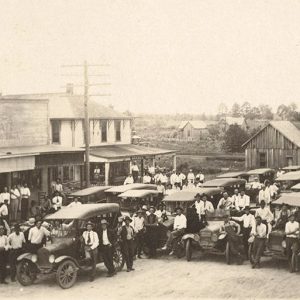 Grannis Street Scene
Grannis Street Scene
 Granny Harris
Granny Harris
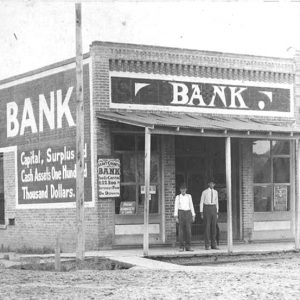 Grant County Bank
Grant County Bank
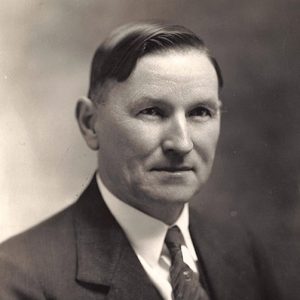 James R. Grant
James R. Grant
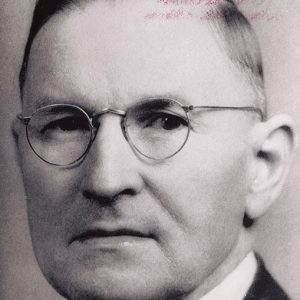 James R. Grant
James R. Grant
 James R. Grant
James R. Grant
Grant, James Richard (J. R.)
Grapette International, Inc.
 Grapette Brochure
Grapette Brochure
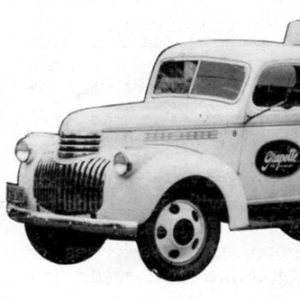 Grapette Delivery Truck
Grapette Delivery Truck
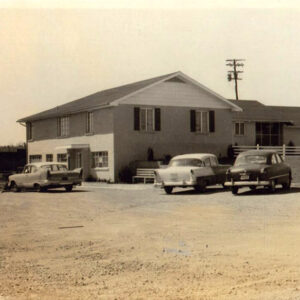 Grasse Clinic
Grasse Clinic
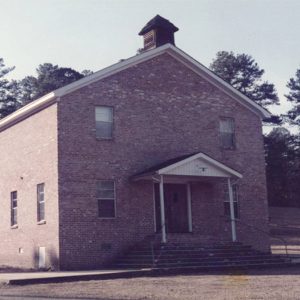 Gravel Hill Church
Gravel Hill Church
 Gravette Church
Gravette Church
 Gravette High School
Gravette High School
 Gravette Main Street
Gravette Main Street
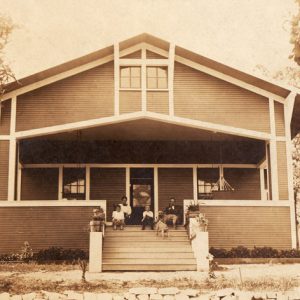 Grayson House
Grayson House
 Graysonia; circa 1912
Graysonia; circa 1912
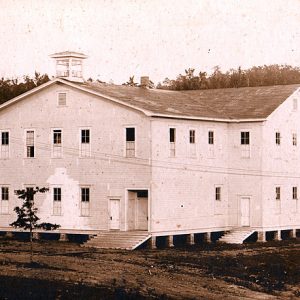 Graysonia School
Graysonia School
 Graysonia
Graysonia
Graysonia (Clark County)
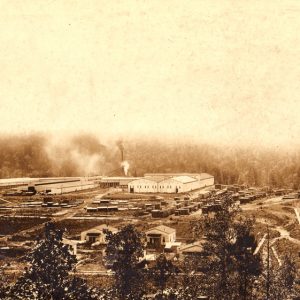 Graysonia Timber Mill
Graysonia Timber Mill
Great Southern Hotel
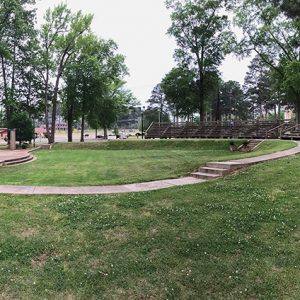 Greek Amphitheatre
Greek Amphitheatre
Greek Amphitheatre (Magnolia)
 Greek Amphitheatre Bench
Greek Amphitheatre Bench
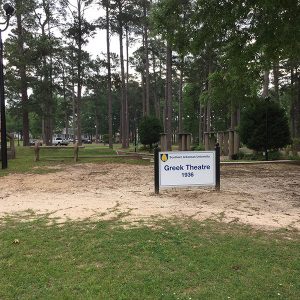 Greek Amphitheatre Entrance
Greek Amphitheatre Entrance
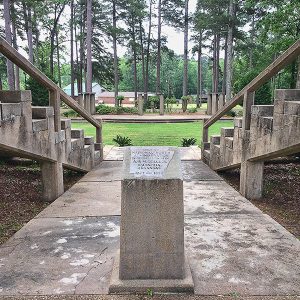 Greek Amphitheatre Marker
Greek Amphitheatre Marker
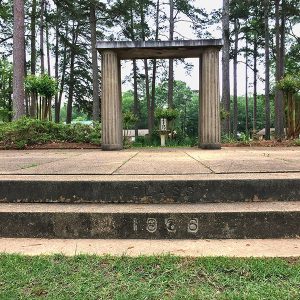 Greek Columns
Greek Columns




